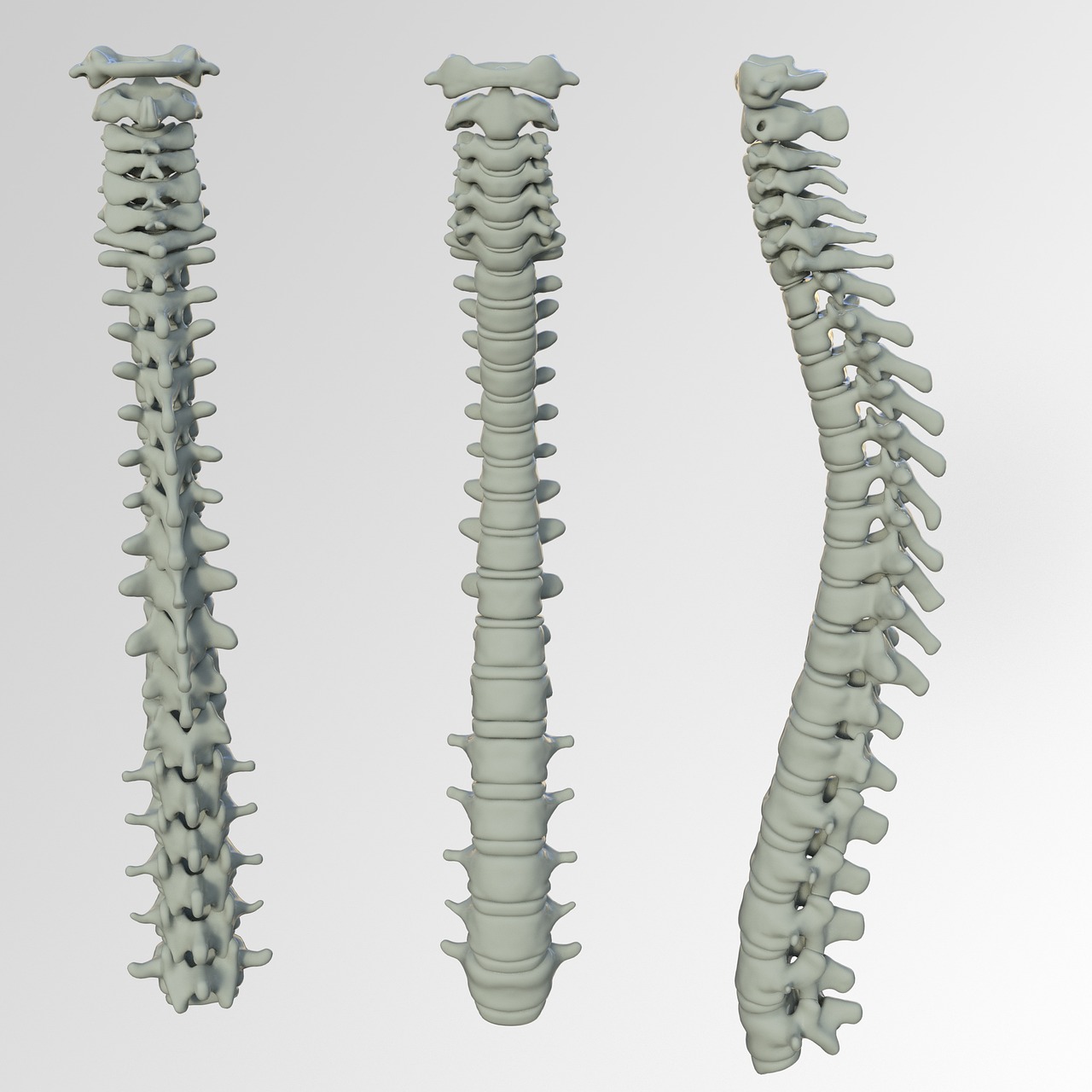

Spinal Decompression: Relieving Neck Pain Explained
Spinal decompression is a therapeutic procedure which centers around stretching out the spine by using some kind of traction table or a similar motorized device. The goal of spinal decompression is to relieve leg pain, back pain, or neck pain, and this procedure falls into the category of non-surgical decompression, so as to distinguish it from any surgical approach.
When spinal decompression is used in the treatment of a patient, the intent is to create a negative pressure between discs, which will promote retraction, or which will reposition any discs which may be bulging or herniated.
It is also hoped that by lowering the pressure between discs, there will be an immediate influx of healing agents like nutrients, into the more open area in and around the discs.
Reasons you might be experiencing neck pain
There are a great many reasons why you might be experiencing neck pain, simply as a result of your normal daily activities. This pain might be mild, moderate, or excruciating, and depending on the level of severity, you may need spinal decompression in order to manage the pain.
A considerable amount of neck pain is caused by muscle strain for people who are in persistently awkward positions, such as being hunched over a computer.
You may also experience normal wearing down of joints through aging, as cartilage between vertebrae breaks down and causes bone-on-bone situations. You may also have undergone a traumatic accident, which has caused strain in the tissues of your neck.
It’s possible for herniated discs or bone spurs in your neck vertebrae to exert considerable pressure on nerves which will be felt as neck pain. Some diseases will also contribute to neck pain, for instance cancer, meningitis, or rheumatoid arthritis.
How your neck pain can be relieved
Gentle stretching of your spine is what actually delivers relief to any pain you might feel in your neck, because the force in the position of your spine will be altered during the process. This in turn, relieves pressure on the spinal discs, by creating negative pressure in and around the disc.
This means any bulging or herniated discs will retract, and that will take pressure away from nerves and other structures associated with the spine.
As soon as this occurs, there could be a rush of oxygen, water, and fluids rich in nutrients into the disc area, to promote rapid healing. Since your spinal cord goes all the way up into the neck area, it will receive the same kind of relief through spinal decompression.
This might sound like a painful process, but motorized traction is done so gently and so gradually that the patient might not even detect it while it’s in progress.
But the entire structure of your spine, including all the nerves, discs, cartilages, and other components will all slowly be decompressed, which means pressure will be relieved throughout the entire spinal cord. That is the key achievement of spinal decompression, and it’s what allows healing to take place throughout the extent of the entire spinal cord.

Dr. James J. Dalfino is the President and Clinic Director of Connecticut Disc and Laser Therapy Centers. He has been in private practice 23 years and specializes in non-surgical treatments for today’s most chronic conditions.
SUBSCRIBE
CATEGORIES


Spinal Decompression: Relieving Neck Pain Explained
Spinal decompression is a therapeutic procedure which centers around stretching out the spine by using some kind of traction table or a similar motorized device. The goal of spinal decompression is to relieve leg pain, back pain, or neck pain, and this procedure falls into the category of non-surgical decompression, so as to distinguish it from any surgical approach.
When spinal decompression is used in the treatment of a patient, the intent is to create a negative pressure between discs, which will promote retraction, or which will reposition any discs which may be bulging or herniated.
It is also hoped that by lowering the pressure between discs, there will be an immediate influx of healing agents like nutrients, into the more open area in and around the discs.
Reasons you might be experiencing neck pain
There are a great many reasons why you might be experiencing neck pain, simply as a result of your normal daily activities. This pain might be mild, moderate, or excruciating, and depending on the level of severity, you may need spinal decompression in order to manage the pain.
A considerable amount of neck pain is caused by muscle strain for people who are in persistently awkward positions, such as being hunched over a computer.
You may also experience normal wearing down of joints through aging, as cartilage between vertebrae breaks down and causes bone-on-bone situations. You may also have undergone a traumatic accident, which has caused strain in the tissues of your neck.
It’s possible for herniated discs or bone spurs in your neck vertebrae to exert considerable pressure on nerves which will be felt as neck pain. Some diseases will also contribute to neck pain, for instance cancer, meningitis, or rheumatoid arthritis.
How your neck pain can be relieved
Gentle stretching of your spine is what actually delivers relief to any pain you might feel in your neck, because the force in the position of your spine will be altered during the process. This in turn, relieves pressure on the spinal discs, by creating negative pressure in and around the disc.
This means any bulging or herniated discs will retract, and that will take pressure away from nerves and other structures associated with the spine.
As soon as this occurs, there could be a rush of oxygen, water, and fluids rich in nutrients into the disc area, to promote rapid healing. Since your spinal cord goes all the way up into the neck area, it will receive the same kind of relief through spinal decompression.
This might sound like a painful process, but motorized traction is done so gently and so gradually that the patient might not even detect it while it’s in progress.
But the entire structure of your spine, including all the nerves, discs, cartilages, and other components will all slowly be decompressed, which means pressure will be relieved throughout the entire spinal cord. That is the key achievement of spinal decompression, and it’s what allows healing to take place throughout the extent of the entire spinal cord.

Dr. James J. Dalfino is the President and Clinic Director of Connecticut Disc and Laser Therapy Centers. He has been in private practice 23 years and specializes in non-surgical treatments for today’s most chronic conditions.
Subscribe
Categories

9 Cots Street | Suite 2c | Shelton, CT 06484
Copyright © 2024 | Connecticut Disc and Laser Therapy Centers | All Rights Reserved

